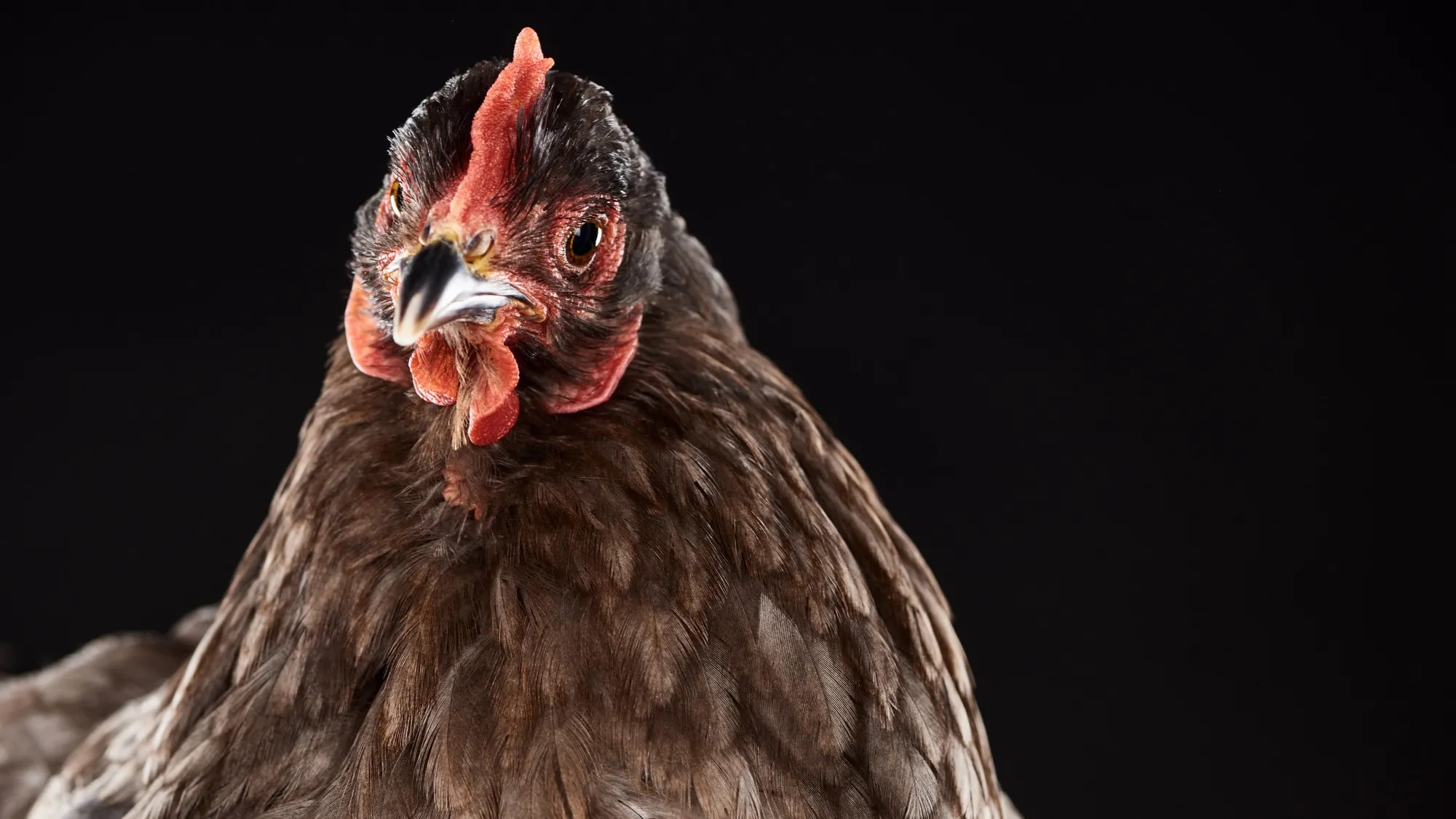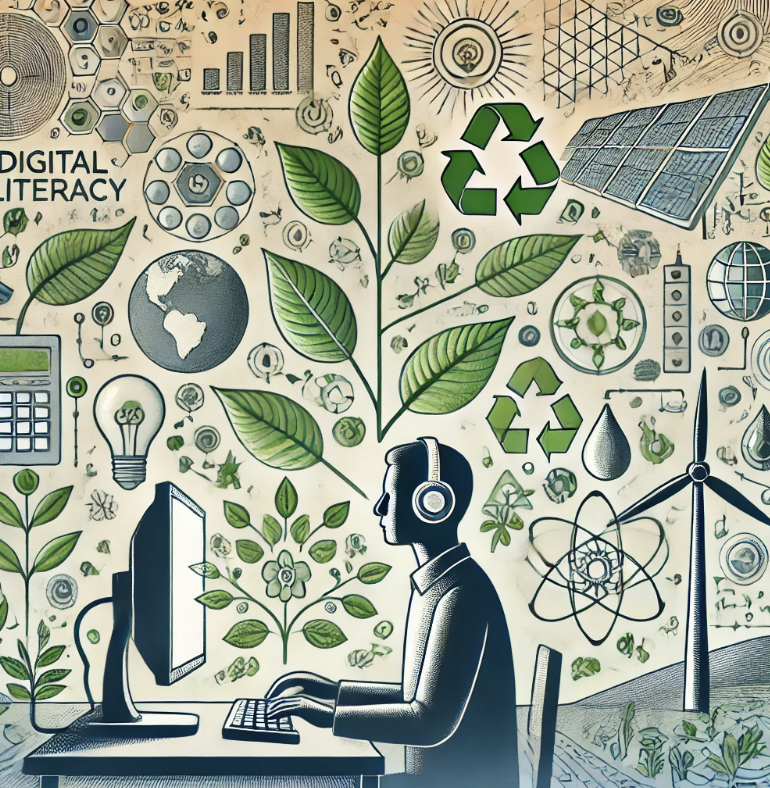Do you want to learn more about GNET ?
Click on the button below and download the guidelines for moderators to host debates.

As vital as it is for society to transition to renewable energy, it’s not as easy as simply swapping out fossil fuels for solar panels. To ensure they’re as efficient as possible, power infrastructures need powerful batteries to reliably house their excess generated energy for later use. Storage equipment has increasingly utilized carbon materials due to their natural abundance and efficiency, but making graphene is expensive and pollution-heavy. But carbon can be harvested through other sources—if you have the stomach for it.
According to a new study published in ACS Applied Materials & Interfaces, chemical engineers at South Korea’s Yeungnam University wondered if chicken farming’s massive amounts of biowaste could be put to good use. With the help of a gas flame gun, the team rendered fat from raw chicken into flammable oil. They then burned through the liquid with a wick, much like an oil lamp, and collected the resultant soot from the bottom of a flask hung above the flame.
After harvesting the soot, researchers examined the residue underneath an electron microscope, which revealed carbon-based nanostructures (CNOs) arranged in “uniform spherical lattices of concentric graphite rings, like the layers of onions.” Subsequently treating the carbon with a thiourea chemical solution enhanced its electrical properties, further readying it for stress tests.
Once finished harvesting and reinforcing the chicken CNOs, researchers assembled the nanoparticles into the negative electrode of an asymmetric supercapacitor. Often serving as a bridge between electrolytic capacitors and rechargeable batteries, supercapacitors are often found in trains, elevators, as well as hybrid and electric vehicles. They are particularly useful for regenerative braking, a process that converts kinetic or potential energy into another form to be used later as propulsion.
The chemical engineers hooked up a pair of biowaste supercapacitors to successfully power red, green, and blue LEDs. According to their study, the chicken fat supercapacitors displayed impressive durability, energy and power density, and capacitance (the ability to store an electrical charge). Detailed measurements showed high energy performance of 32.8 Wh/kg—for reference, a Tesla electric vehicle’s batteries deliver 254 Wh/kg, while the best commercially available supercapacitors average around 47 Wh/kg. The chicken fat biowaste array also maintained a capacitance retention of 97 percent over 5,000 cycles.
Researchers believe their proof-of-concept highlights the immense potential of recycling often discarded biowaste into “even greener green energy” systems that “may open the door to producing inexpensive, industrially revolutionizing energy storage devices.”
Source: https://www.popsci.com/environment/chicken-fat-energy-storage/
You must be logged in to post a comment.








Click on the button below and download the guidelines for moderators to host debates.
This article presents a fascinating and innovative approach to addressing the challenge of energy storage. By utilizing chicken fat, a readily available and often discarded biowaste, the researchers have developed a promising new material for supercapacitors. The study’s findings demonstrate the potential of these biowaste-based supercapacitors to offer high energy density and durability, making them a viable alternative to traditional energy storage solutions. While further research and development are needed to fully realize the commercial potential of these supercapacitors, this study highlights the importance of exploring unconventional and sustainable materials for energy storage applications. It also underscores the potential for circular economy solutions to contribute to a more sustainable and resilient energy future.
That’s true… As the demand for renewable energy continues to grow, research and development efforts like this will be crucial in developing efficient and environmentally friendly energy storage solutions.
This is a good example of converting natural bioenergy into electricity. If it works well, it could even join the natural cycles in the ecosystem. I would like to know if tallow or lard can also be used as bioenergy to generate electricity?